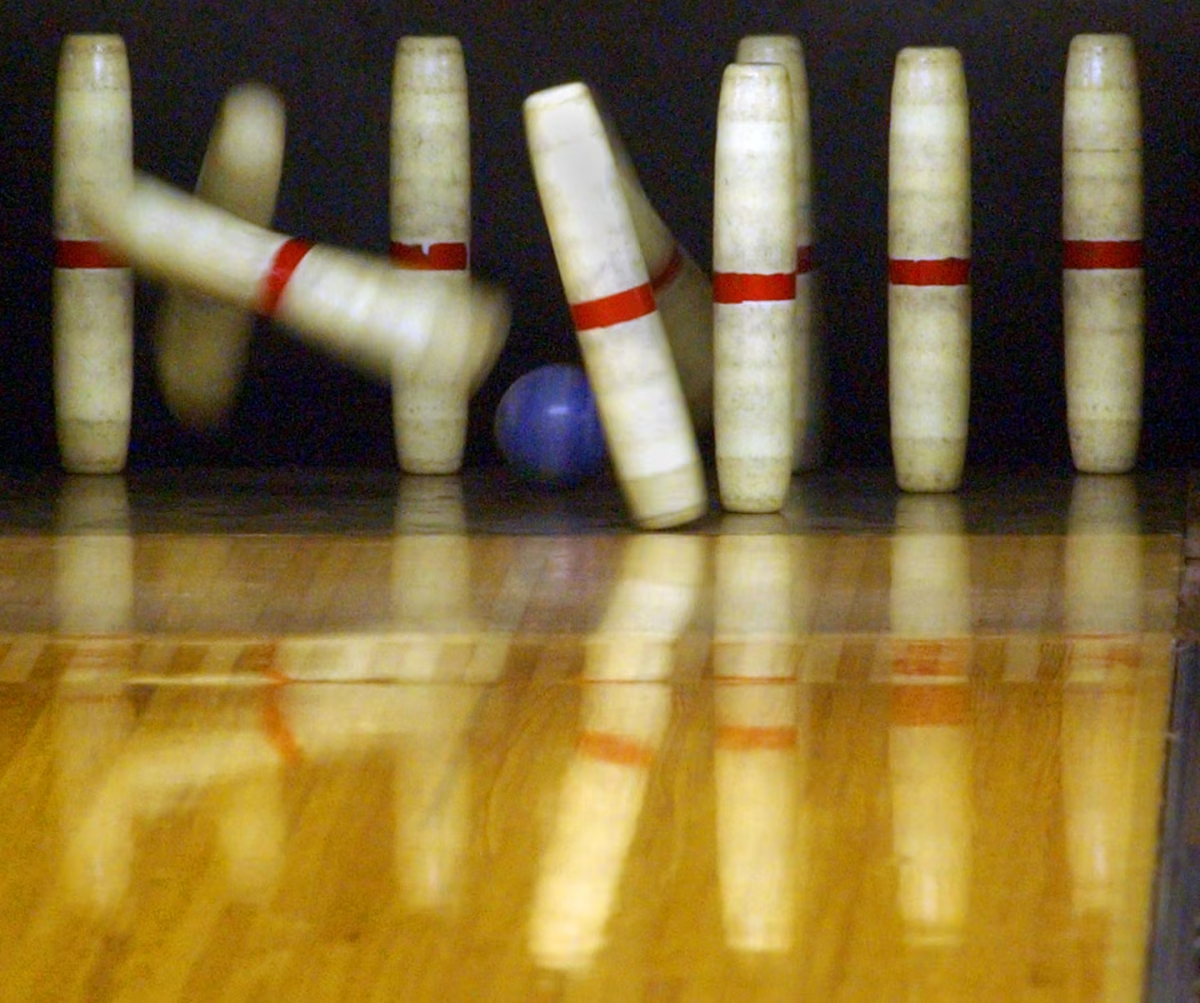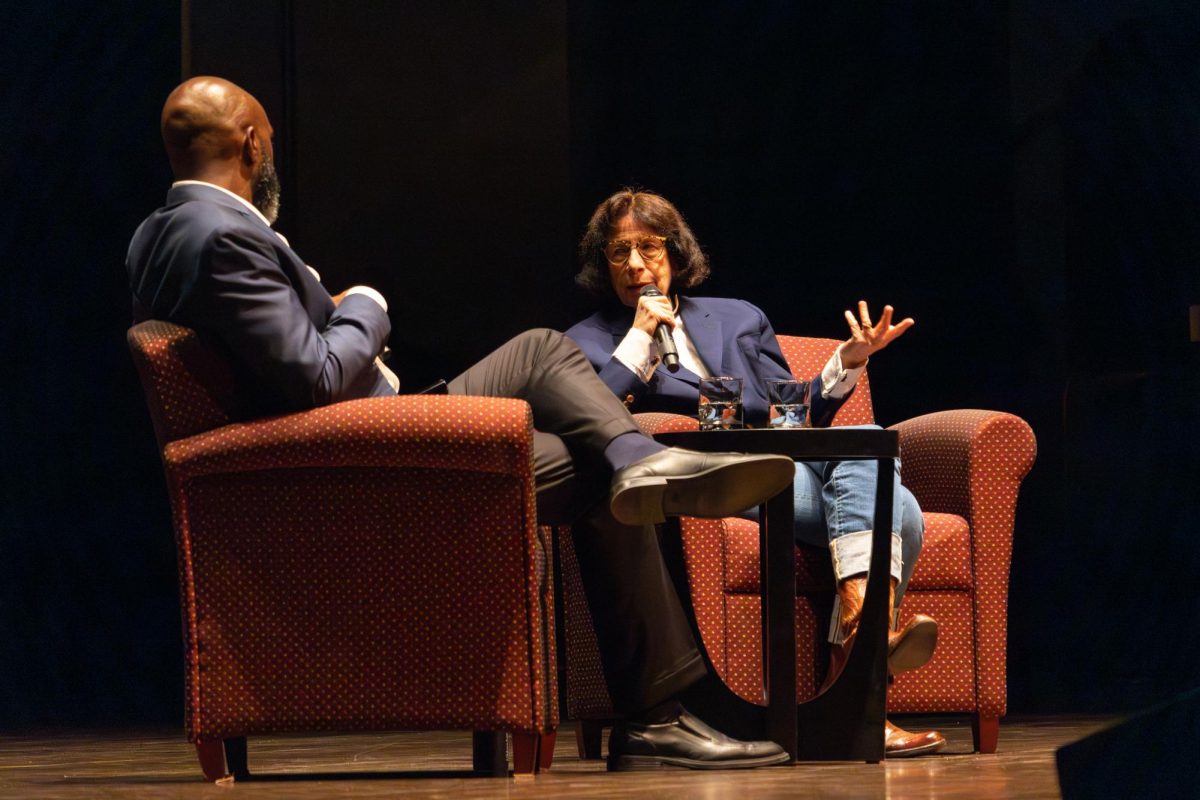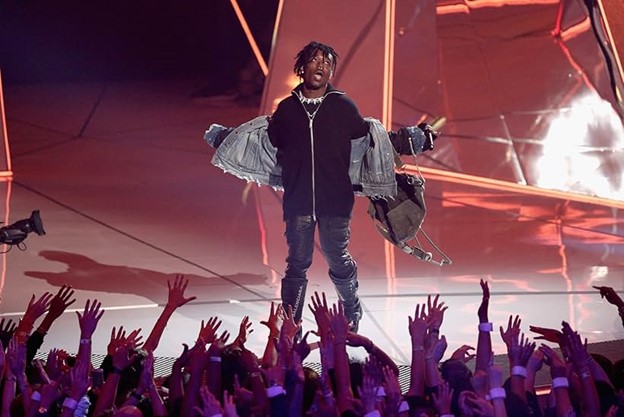
Don’t wander off. They have a knack for finding you when you’re alone.
The zombie became fixed in our conscience after George A. Romero’s watershed “The Night of the Living Dead” (1968). The cult classic frightens us to this day with its “living dead,” or “ghouls,” as Romero liked to call them, which were precursors to the flesh-eating monsters we know and love today. The film is typically considered the catalyst for pop culture’s obsession with zombies.
“Living Dead” might have catapulted zombies to popular fiction, but undead creatures are ancient. In “The Epic of Gilgamesh,” the goddess Ishtar threatens to unleash the dead from the underworld so that they’ll eat the living and conquer the world. These monsters, while not exactly reanimated corpses, appear to be one of the first mentions of what would later become the modern zombie.
The concept of the undead plays a role in numerous cultures, particularly Haitian folklore. Despite ostensible similarities, Voodoo zombies don’t resemble those of “Living Dead.” To Voodoo followers, according to Discovery News, zombies “were not villains but victims.” They were not flesh-hungry monsters. Instead, witch doctors called bokors dragged them back to life for purposes like manual labor.
Wade Davis, a Canadian anthropologist, studied the ritual powders used by bokors in Haiti. He claimed that some contained tetrodotoxin, a poison from puffer fish. The neurotoxin induces paralysis and often death. Unconfirmed popular theory now thinks that bokors would deliver a powerful dose to induce a death-like state upon their victims, after which the victim would reawake as a subdued version of himself or herself.
After “Living Dead” launched the zombie into pop culture, it took on a new image. They were no longer pacified victims – these ambling corpses incessantly sought warm flesh to feast upon. Furthermore, many popular entries, including “Living Dead,” “Dawn of the Dead” and “Dead Set” stipulate that the only real way to stop a zombie is a gunshot to the head, or some analogous destruction of the brain.
Beyond their terrifying eating habits, zombies have the power to turn us into one of them. Countless films and television shows box their hopeless survivors into a corner only to let them escape with a bite. Following agonizing hours of a spiking fever and fatigue, the bitten will die and return as zombies. In some cases, like the recent “World War Z,” the turn occurs in a matter of seconds, an extra potent threat to non-bitten survivors in the vicinity.
Danny Boyle reinvented the zombie in 2002 with “28 Days Later.” The film, perhaps the most realistic zombie film ever made, begins as animal rights activists unintentionally unleash the “Rage” virus in England. The virus, which is transmitted through both saliva and blood, completely devastates the country. Its zombies, called the “Infected,” were among the first fast zombies who did not die before the turn. Instead, the Rage virus overtakes them in seconds and turns each host into a bloodthirsty animal. Additionally, the Infected are not so interested in eating humans, but would rather attack in a wild frenzy and often beat their victims to death.
“28 Days Later” was so terrifying not only because of its realistic virus and outbreak, but also because its Infected are active agents, not mindless wanderers who slowly stumble upon humans. In one scene, Cillian Murphy’s Jim lights a candle in a kitchen. Boyle cuts to the yard outside, where the camera erratically dollies toward a dim light inside the house. Seconds later, an Infected barrels through the door and attacks Jim.
Other versions of the zombie include the superhuman mutants in “I Am Legend.” The monsters were a cocktail of the lightning-fast runners of “28 Days Later” and vampires who were vulnerable to ultraviolet radiation. “I Am Legend” also gave its zombies pragmatic minds. Chillingly, they mimic a trap that Will Smith’s virologist uses to capture one zombie and then suspend him unconscious as the sun slowly sets over New York.
The most salient zombies today roam post-apocalyptic Georgia on “The Walking Dead.” A revisit of the slower undead, these “walkers” must be put down from a blow to the head. Even though they’re slow, the walkers have proven to be a formidable threat to Rick Grimes (Andrew Lincoln) and his followers.
“The Walking Dead,” as a television series, benefits from a protracted study of zombies. The walkers evolve from season to season. By season five, the walkers are decayed and often missing limbs. They also adapt to their environment, such as when they learned to group up in one area to break down the prison’s fence in season three.
For all the horror they offer, zombies have explored other genres. Most notably, comedies have ushered the undead onto the silver screen to great success. Both “Shaun of the Dead” and “Zombieland” nailed laughs and screams as they deftly lampooned the genre by celebrating it hyperbolically. Similarly, “Warm Bodies” offered a unique perspective from the zombie’s point of view.
They’ll eat you alive, turn you, put a few white hairs on your head and give you a reason to bar the door behind you. But the zombie’s greatest power is its ability to fascinate. It transcends genre and undergoes countless interpretations while keeping us coming back for more.
Just don’t wander off alone.
Alexander Frail can be reached at [email protected].


















